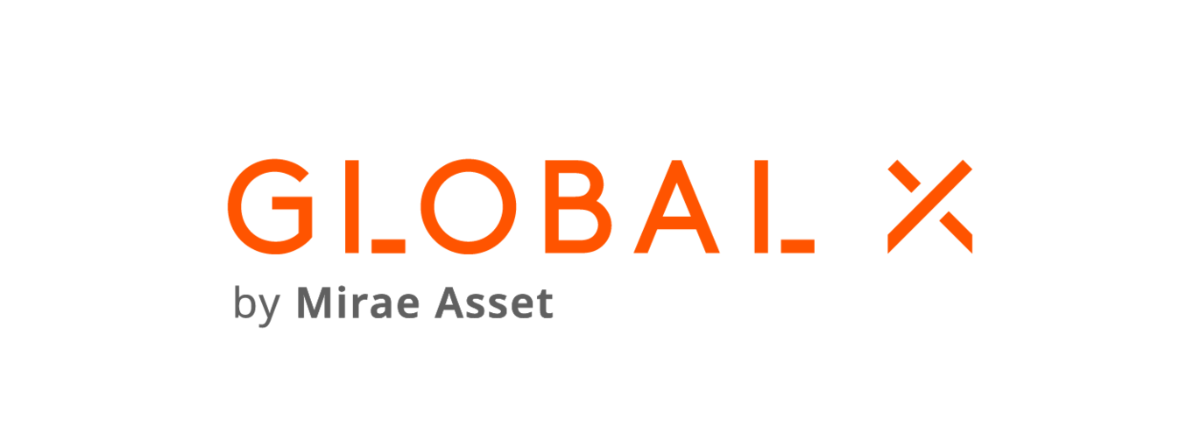The rally in equity markets this year has continued to surprise investors, however, many continue to anticipate choppier waters over the next few months.
The S&P 500 is up 17.9% so far this year, as at 17 July, and while equity market bulls believe we could reach an all-time-high in the flagship US index this year, the majority consensus remains the next six months could be much more volatile in equity markets.
Investors looking to buffer themselves from this volatility while still hoping to participate in some of the upsides will be looking to maintain the equity exposure in their portfolios.
In recent years, index providers and ETF issuers have established new and innovative equity strategies to help investors to protect their portfolios while the traditional flight to quality and defensive sectors such as healthcare can also offer some solace.
While 2023 might be the year of fixed income, here are five equity ETFs that could allow investors to participate in the upside while offering a defensive tilt should volatility become a decisive factor.
SPDR S&P U.S. Dividend Aristocrats UCITS ETF (UDVD)
UDVD can certainly be considered a fan favourite during periods of volatility, as noted by its impressive inflows throughout the volatility of 2022 – amassing almost $1bn in the first six months of the year – as investors seek exposure to companies that have a track record of increasing dividend payments year-on-year.
Delivering this, UDVD tracks the S&P High Yield Dividend Aristocrats index comprised of stocks of the S&P Composite 1500 index that have increased dividends every year for at least 20 consecutive years.
The ETF backed it up with impressive returns of 11% in 2022, although heavily weighted to the industrials (19.8%) and financials (16.7%) sectors the ETF has struggled during this year’s tech-driven market run.
iShares Edge MSCI World Minimum Volatility UCITS ETF (MVOL)
Low volatility ETFs recorded outflows in the early part of 2023 as investors bet on peaking inflation and the risk-on sentiment picked up steam.
However, with many predicting darker clouds ahead, ETFs such as MVOL could see investors returning as the Federal Reserve looks to continue its rate-hiking cycle later this year.
Analysts are also downbeat on the S&P 500 Q2 earnings, with a 7% year-over-year decline expected.
Tracking the MSCI World Minimum Volatility index, MVOL looks to shield investors from the volatility of broader equity markets, noted by its 18% exposure to healthcare.
Global X S&P 500 Covered Call UCITS ETF (XYLU)
XYLU is designed to generate income during periods of market volatility by selling covered calls on the underlying assets. By writing call options, the process also limits upside participation but offers investors a steady income through premiums.
They can also be seen as a good diversifier away from traditional equities and bonds, as well as typical dividend-paying strategies.
Launched last week, XYLU tracks the Cboe S&P 500 BuyWrite 15% WHT index, which mirrors its ETF in the US, a strategy that has amassed $2.9bn assets under management since launching in December 2013.
Global X also offers the covered call strategy on the Nasdaq index through the Global X Nasdaq Covered Call UCITS ETF (QYLD).
Amundi S&P Global Luxury UCITS ETF (GLUX)
Despite being considered much more cyclical than consumer staples sectors, discretionary spending – particularly in the luxury goods market – has remained resilient.
While much of the sector took a hit in 2022 as consumers cut spending on non-essential items, the luxury segment of the market stood firm with high-net-worth clientele spending less impacted by economic events.
Tracking the S&P Global Luxury Net Return index, GLUX remained resilient during the high inflationary environment in 2022 and has benefitted from the outperformance in risk assets this year.
This year, the ETF has returned 20.1% and is weighted 86.3% to the consumer discretionary market and 13.7% to consumer staples.
Xtrackers MSCI World Health Care UCITS ETF (XDWH)
Healthcare has long been considered a defensive play for investors and while not immune from some of the market correction in recent years, its stability of earnings, strong cashflow and quality characteristics can act as a buffer for investors’ portfolios.
Tracking the MSCI World Health Care index, XDWH has had a tough year, falling 8.5% this year. However, the ETF did post positive returns of 5.2% in 2022 as the S&P 500 fell 19.6%, highlighting its pedigree in a market downturn.
It is not the cheapest healthcare ETF in Europe with a total expense ratio (TER) of 0.25%, undercut by the recently-launched Invesco S&P World Health Care ESG UCITS ETF (WHCG) which carries a fee of 0.18%.







